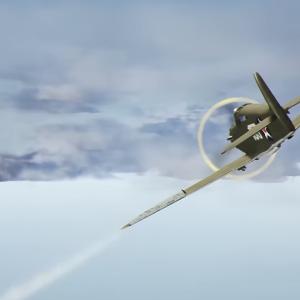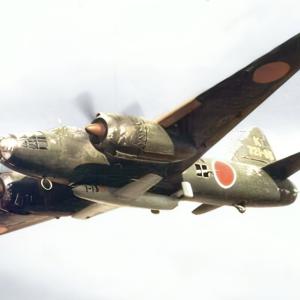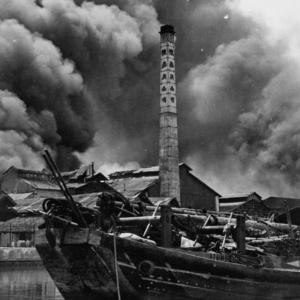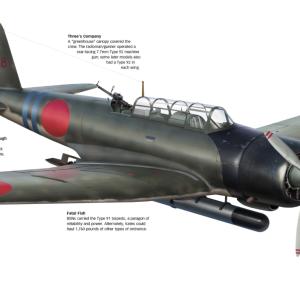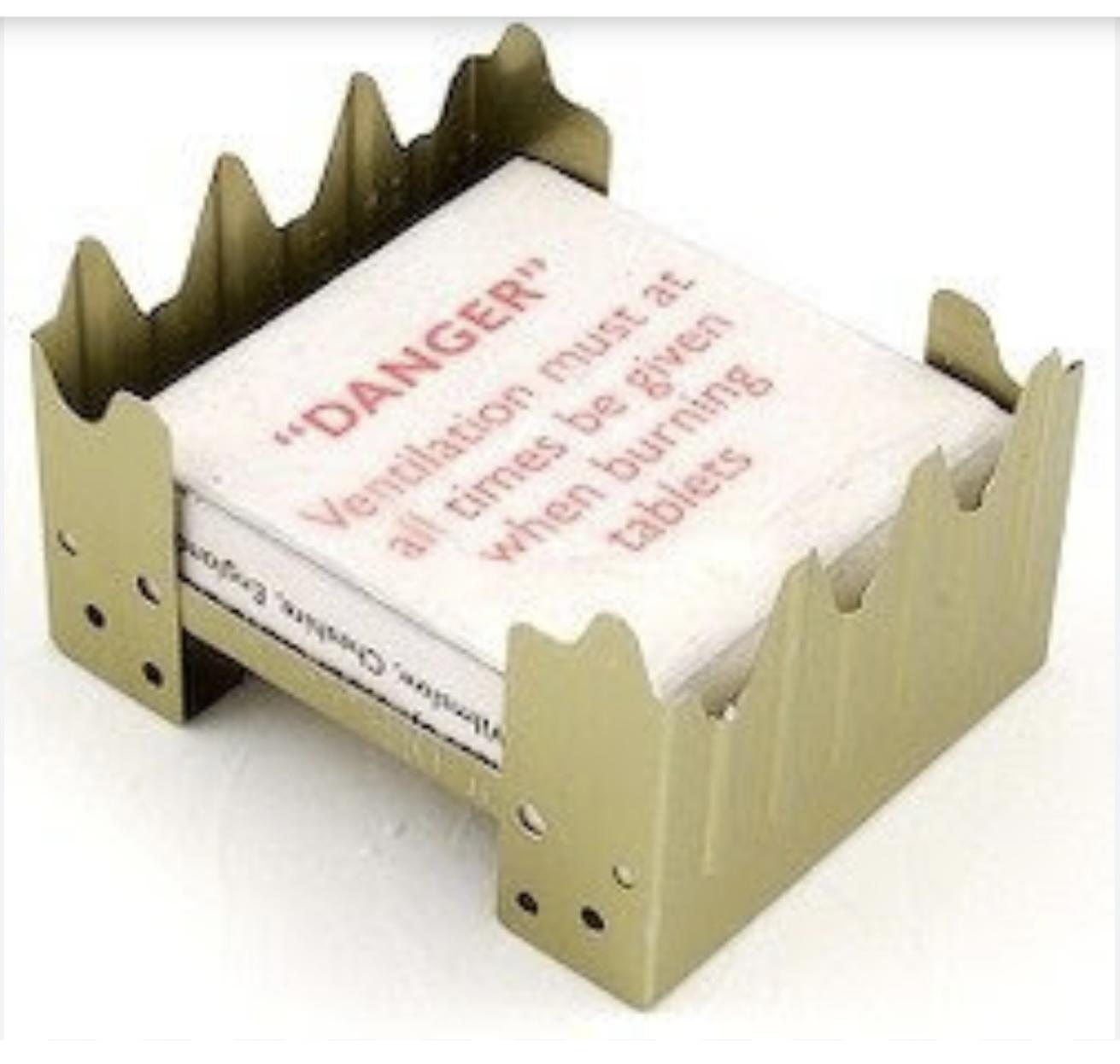
Hexi burner
The British Army Hexi Burner is a compact, foldable metal stove used primarily for heating rations and boiling water in field conditions. It uses solid hexamine fuel tablets, which burn smokelessly and have a high energy density. The design of the Hexi Burner is simple and practical: a folding metal base—typically made of lightweight aluminum or brass—that acts as both a stand and windbreak when opened. This minimalist construction allows soldiers to easily store it in mess tins or rucksack pouches. Hexamine fuel, first developed in Germany in 1936 by the company Esbit, became widely adopted by various armed forces, including the British military. The British Army began using the Hexi Burner in the 1950s, integrating it into 24-hour combat ration packs, often referred to as "Compo rations." It was valued for its ability to reliably provide heat for cooking in virtually any environment, including conflict zones like the Falklands. Soldiers could boil water, heat up ration tins, or make hot drinks with minimal setup. The system was rugged, portable, and effective even in poor weather. Despite its advantages, the Hexi Burner had drawbacks, such as the toxic fumes released by burning hexamine tablets and the residue left behind on cookware. By 2018, the British Ministry of Defence initiated a shift to more modern alternatives, signing contracts with BCB International to supply FireDragon stoves and fuel. FireDragon is an ethanol-based, non-toxic, biodegradable fuel that ignites easily—even when wet—and burns cleaner than hexamine. While officially retired from service, the Hexi Burner remains in use among survivalists, cadets, and campers due to its simplicity, availability through military surplus, and historical legacy in British field gear.

